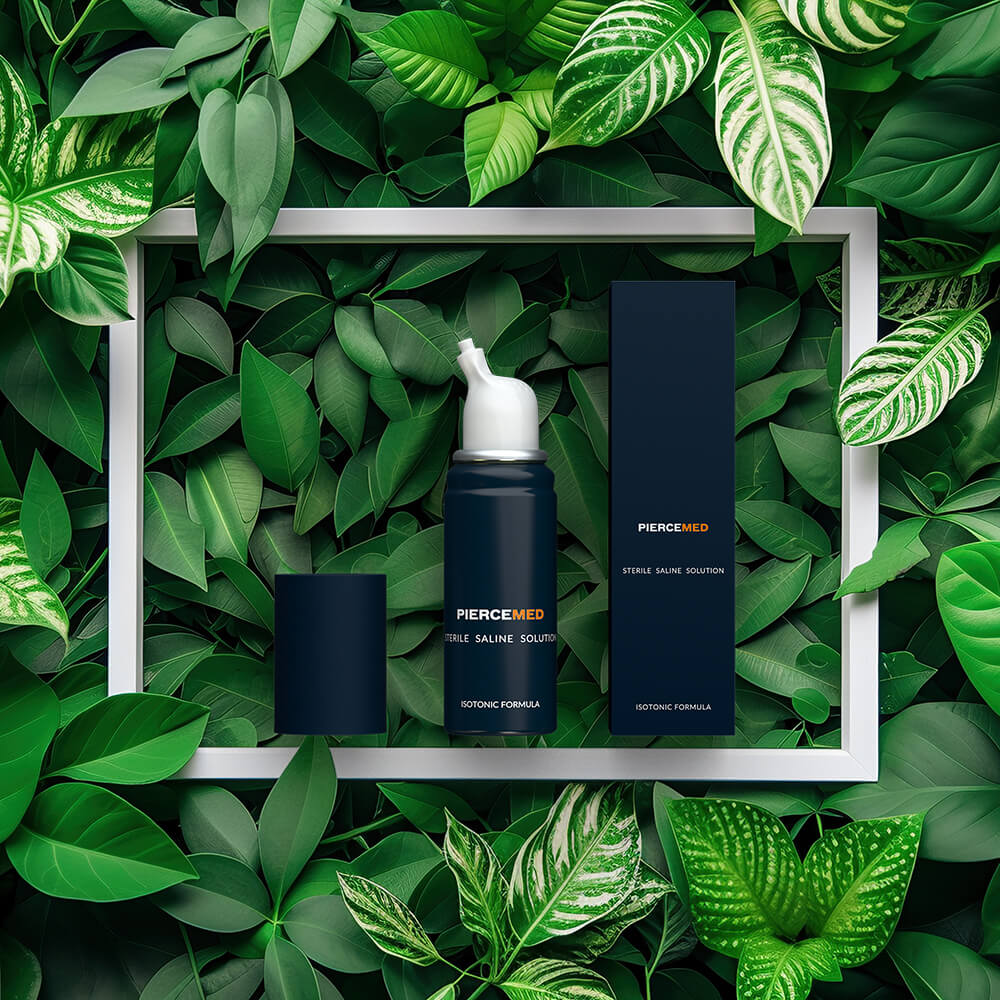This article delves into the intricate world of piercing jewellery by exploring the fundamental differences between hypoallergenic and biocompatible materials. The article examines the properties, benefits, considerations, and legal regulations associated with each type of jewellery.
By elucidating these distinctions, piercers, jewellery manufacturers, and consumers can make informed decisions to promote safe and comfortable piercing experiences.
INTRODUCTION
Piercing jewellery serves as an integral component of the body modification process, requiring careful selection to mitigate potential adverse reactions. This article aims to provide a comprehensive understanding of hypoallergenic and biocompatible piercing jewellery, shedding light on their distinct characteristics, significance, and implications within the British piercing industry.
HYPOALLERGENIC PIERCING JEWELLERY
Definition and Properties: Hypoallergenic jewellery is designed to minimize the risk of allergic reactions in individuals with sensitive skin. It is typically crafted from materials that are less likely to cause irritation, such as titanium, niobium, or medical-grade stainless steel. These materials exhibit hypoallergenic properties due to their biocompatibility, corrosion resistance, and low allergenic potential.
Benefits and Considerations: Hypoallergenic jewellery offers several advantages, including reduced risk of skin irritation, decreased chances of allergic reactions, and increased comfort during the healing process. These materials are less likely to contain common allergens like nickel, which is a prevalent cause of allergic reactions. However, it is important to note that individual sensitivities can vary, and some individuals may still experience adverse reactions, albeit less frequently. Additionally, the quality and purity of the hypoallergenic material used in jewellery production can influence its effectiveness.
BIOCOMPATIBLE PIERCING JEWELLERY
Definition and Properties: Biocompatible jewellery is specifically engineered to promote optimal compatibility with the human body, taking into account factors such as tissue interaction and corrosion resistance. Common biocompatible materials include implant-grade titanium, and certain high-quality polymers. These materials are carefully selected for their inertness, corrosion resistance, and ability to integrate seamlessly with the body.
Read: THE ULTIMATE GUIDE TO TITANIUM PIERCING JEWELLERY
Benefits and Considerations: Biocompatible jewellery offers numerous advantages, including enhanced biocompatibility, reduced risk of adverse tissue reactions, and increased longevity. The use of implant-grade materials in biocompatible jewellery ensures a high level of purity, minimizing the potential for allergic reactions and irritation. These materials undergo rigorous testing and comply with industry standards to ensure their biocompatibility and suitability for long-term wear. However, it is crucial to consider individual factors such as allergies, personal sensitivities, and healing processes when choosing biocompatible jewellery.
CONSIDERATIONS FOR THE BRITISH PIERCING INDUSTRY
Legal and Regulatory Compliance: The British piercing industry is subject to various legal and regulatory frameworks that govern the use of materials in jewellery production. Compliance with relevant standards, such as the EU Nickel Directive, ensures that hypoallergenic and biocompatible jewellery meets established safety requirements. Jewellers and piercers must ensure that their materials and products adhere to these regulations to provide safe options to their clients.
Industry Best Practices: Piercing professionals and jewellery manufacturers should adhere to industry best practices by sourcing jewellery from reputable suppliers and ensuring comprehensive material documentation. Thorough understanding of the materials used, their origin, and compliance with safety standards is crucial for providing safe and high-quality jewellery to clients. Regular communication and collaboration with reputable suppliers and staying updated on industry advancements can further enhance the quality and safety of piercing jewellery.
CONCLUSION
Understanding the distinctions between hypoallergenic and biocompatible piercing jewellery is vital for promoting safe and successful piercing experiences within the British industry. While hypoallergenic materials aim to minimize the risk of allergic reactions, biocompatible materials prioritize optimal compatibility with the human body.
By considering individual sensitivities, compliance with legal regulations, and industry best practices, piercers and consumers can make informed decisions and foster a culture of safe and comfortable body piercings in the United Kingdom.
Disclaimer: This article is for informational purposes only and should not be considered as medical or professional advice. Individuals seeking piercing jewellery should consult with qualified piercers or medical professionals for personalised recommendations based on their unique circumstances.

PIERCING AFTERCARE
Create your business account today, and gain access to our exclusive piercing aftercare products.
DISCLAIMER: THIS ARTICLE DOES NOT CONTAIN ANY FORM OF MEDICAL ADVICE
The content of this of this article, including but not limited to text, graphics, images, and other materials, is strictly for informational purposes. Nothing on this article is meant to be a replacement for medical advice, diagnosis, or treatment from a medical professional.
Before beginning a new health care regimen or with any questions you may have about a medical condition or treatment, always consult a medical expert first.
Never disregard medical advice or put off consulting a medical professional because of something you have seen or read on this page.



